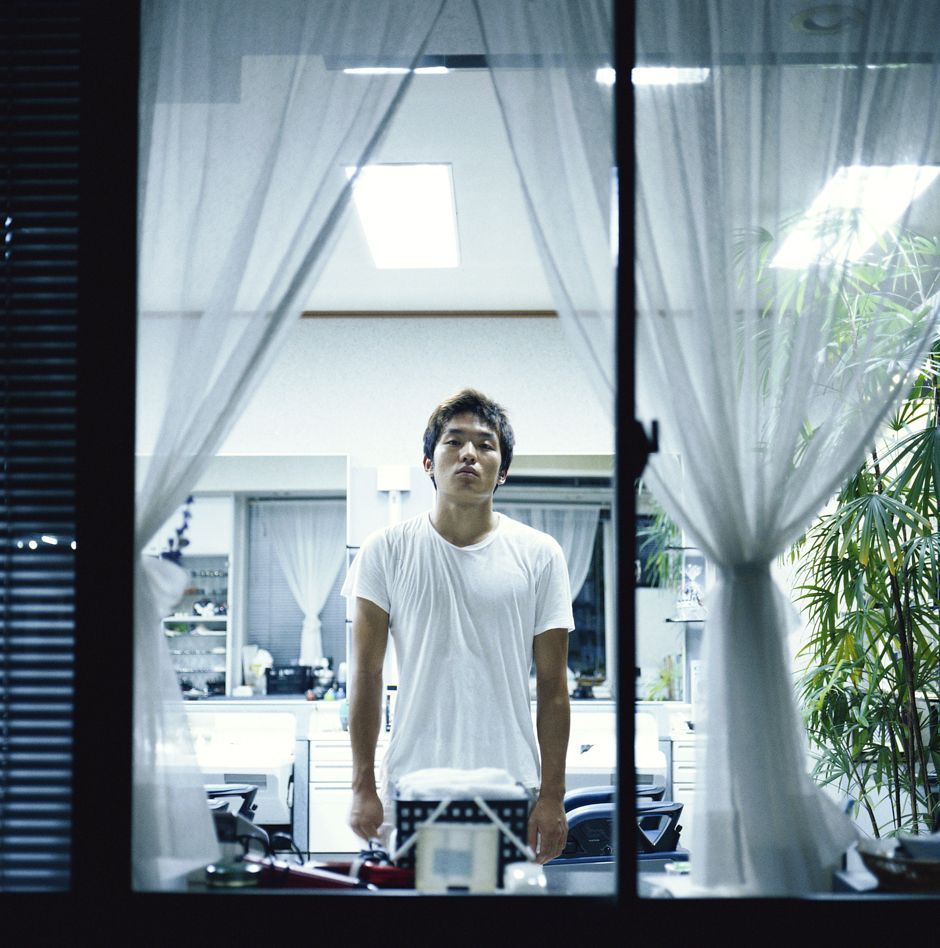"My motivation for Stranger came from running around London in a car with a ridiculously huge telephoto lens, trying to glimpse unsuspecting people through the windows of their flats. I felt absurd and increasingly frustrated by the one-sidedness of the activity. Aside from the ethics of what I was doing, it was important for me that the subject, a stranger, made eye contact with me while I was photographing. I realised that I needed these people to look back and recognise me equally as a stranger. So I decided to use the format of a simple anonymous letter, which contained the possibility of agreement and time to contemplate taking part (as compared with the speed of a more opportunistic photography), but also maintained the distance (perhaps suspicion) that is part of being strangers."
- Shizuka Yokomizo
Shizuka Yokomizo had a very unique way of photographing her subjects for a series called Stranger compiled between 1998-2000. They were all complete strangers she posted an anonymous letter to with instructions to stand in their window at a specific time at night. If the person didn't want to participate, they could show this by drawing their curtains closed, but if they did, they were advised to put on all the lights and stand still in the window. Yokomizo would arrive at the specified time, set up her tripod and expose the film then leave. Because of the time of day, the subject wouldn't be able to see the photographer clearly, creating the impression of being watched by an unknown voyeur. This amused some people while others looked nervous or defiant at the prospect of trusting a stranger to take their photograph.
I really like the idea of asking a stranger for permission to photograph them anonymously because it removes any consent issues while maintaining the distance between the voyeur and the subject. The subjects are more vulnerable when they don't know who's watching them and it brings out different reactions in every person making for diverse results.
I think I prefer the photographs in which you can see the window frames and the contrast between the dark night and the artificial lighting in the house. It makes the fact that the photographer is looking into someone else's house more pronounced.



No comments:
Post a Comment